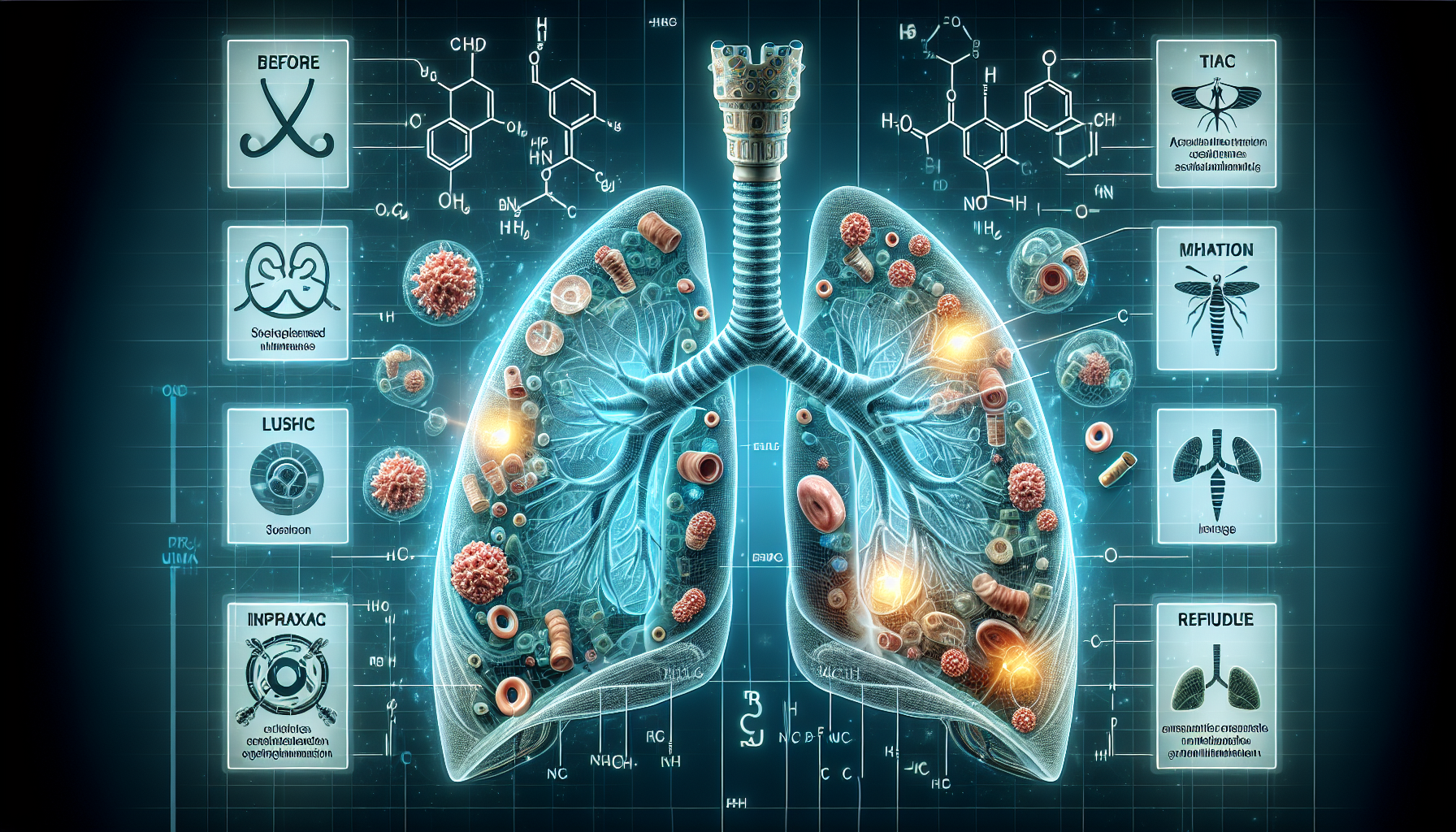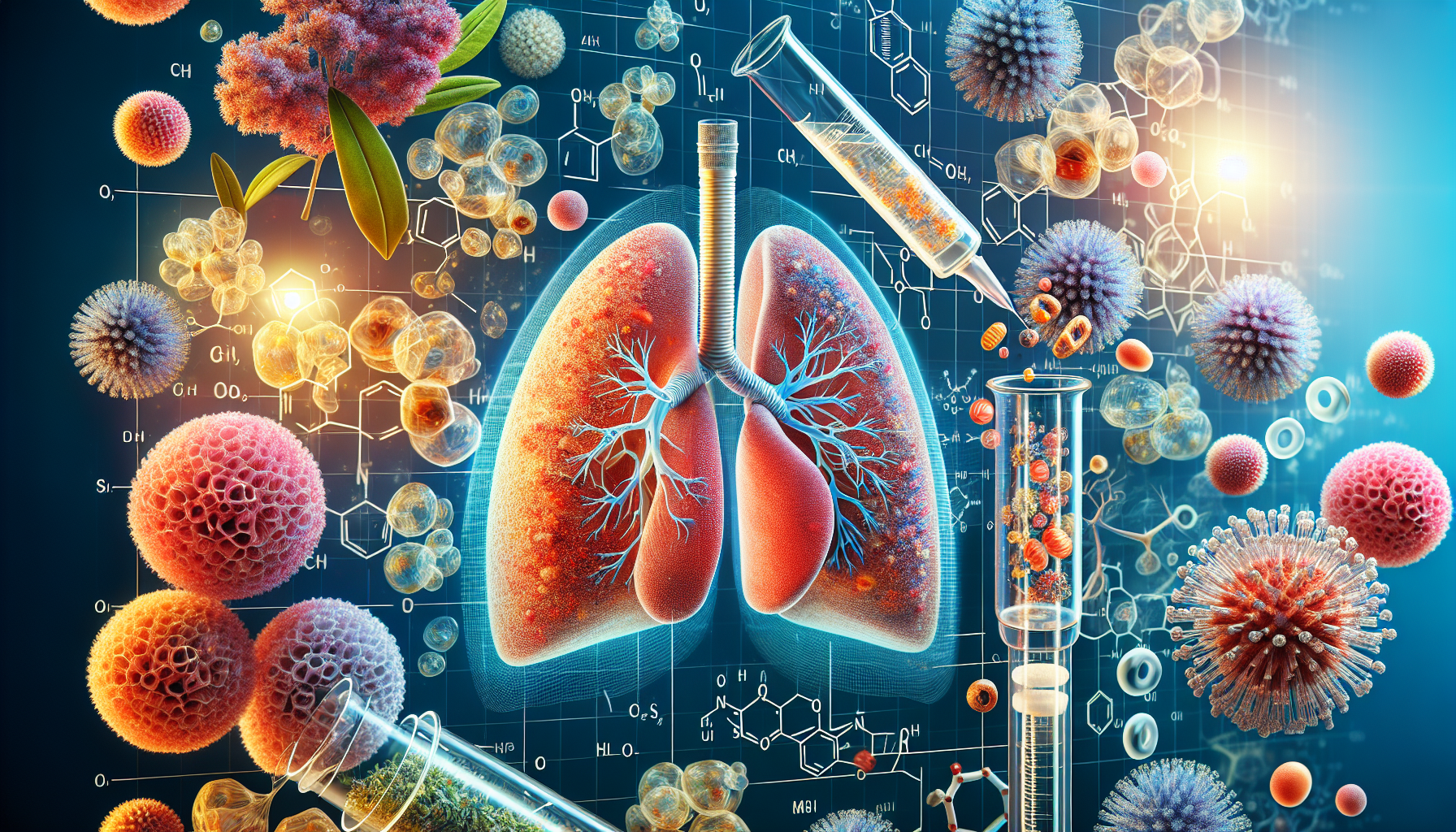Link Between Violence Exposure and Asthma in Youth: The Surprising Connection
Key Takeaways
- Exposure to violence significantly increases the risk of neutrophilic asthma in youth.
- Hearing gunshots is strongly linked to higher rates of specific asthma types.
- Physicians should consider social determinants of health in asthma care.
Did You Know?
Introduction to Asthma and Violence
Recent research has uncovered a startling connection between exposure to violence and the development of neutrophilic asthma in young people, particularly in Puerto Rico. This discovery was made during a study presented at the American Thoracic Society International Conference.
Research Background
Dr. Kristina M. Gaietto, a clinical instructor of pediatrics at the University of Pittsburgh School of Medicine, sought to investigate the relationship between stress and a specific type of asthma known as T17HIGH asthma. She noted that neutrophils, a type of white blood cell associated with stress, play a significant role in this asthma endotype.
Study Overview
The study involved a cohort of 496 youths aged 9 to 20 from Puerto Rico, divided into groups with and without asthma. The researchers used nasal epithelial transcriptomic profiles to pinpoint asthma endotypes, focusing on a novel method that doesn’t rely on IgE or eosinophils.
Measuring Exposure to Violence
Participants' exposure to violence was assessed using the validated ETV Scale questionnaire, which asks children about their experiences with violence over the past year and their lifetime. The questionnaire includes questions about witnessing violence, exposure to domestic violence, being a victim, and hearing gunshots.
Violence and Asthma Types
The study classified asthma into three categories based on nasal expression: T2HIGH, T17HIGH, and T2LOW/T17LOW. The youths with asthma were further analyzed for their specific asthma endotype. Remarkably, exposure to violence notably increased the odds of having T17HIGH asthma by 12% to 14%.
The Impact of Hearing Gunshots
One of the most striking findings was that hearing a gunshot increased the likelihood of developing T17HIGH asthma by 2.4 times and T2HIGH asthma by 4.5 times. This strong association suggests that such traumatic experiences significantly influence asthma development.
Statistical Results
The study's results showed that lifetime exposure to violence increased the chances of having T17HIGH asthma by 1.15 times, and recent exposure increased it by 1.14 times. Although there were trends linking ETV to T2HIGH asthma, the results were not statistically significant.
Broader Implications
These findings underscore the importance of looking at environmental and social factors that influence specific asthma types, especially in populations with high asthma rates, like Puerto Rican youth. These associations might stem from both direct effects on the body's stress response and indirect impacts such as poor diet and obesity.
Physicians' Role
Physicians are urged to consider these factors when assessing children for asthma and to address social determinants of health as part of comprehensive patient care. Understanding these links can lead to better diagnosis and management of asthma.
Future Research
The research team plans to extend their studies to other youth populations to verify the associations between exposure to violence and specific asthma types, further illuminating this critical public health issue.





